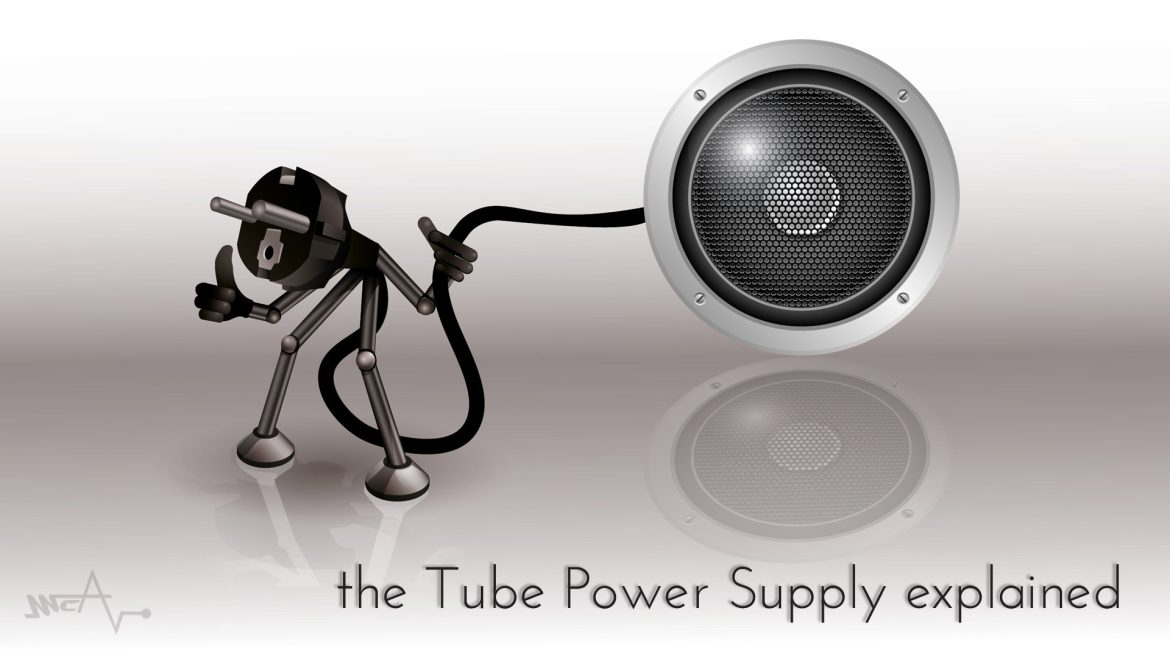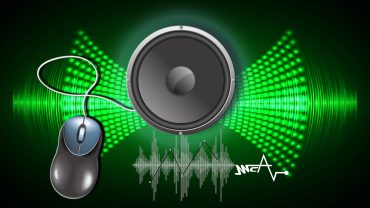How the power supply affects the 'sound' of class-A audio equipment
A short guide to the vintage sound you can achieve becouse just of the power supply type.
While browsing our product pages you may have noticed that the MCAudioLab ‘TP1tp’ tube mic preamp is available with two power supply options: the ‘tp’ (equipped with a tube rectifier) and the ‘ch’ (equipped with a solid-state tecnology) .
If you asked yourself “What?! A power supply changes the tone?” keep reading, you’re on the right page.
The importance of the power supply in class A designs
While in pro audio the power supply is often considered a secondary element compared to the audio circuit, especially in class A designs, it has a key role in the tone and performance specs. This happens because in class A designs the output signal is a modulation of the power supply signal: any “artificial” components that the power supply adds to the current will end up in the audio signal and influence the tone and behavior of the audio circuit.
The job of a power supply is essentially to take the Alternate Current (AC) provided by the electrical grid and transform it into Direct Current (DC) – similar to the one provided by batteries – required to power the audio circuit. The core stage of a power supply is the rectifier which, as the name implies, “straightens out” the sine wave of the alternate current. In order to accomplish this apparently simple task, several design topologies have been developed during the years – namely tube power supplies, linear solid state power supplies and switching PSUs. Each design topology has its own characteristics, efficiency rate and adds its own unique tone to the class A audio circuit it supplies power to. As often happens in audio technology, one topology was replaced by another regarded as cheaper, cleaner and more efficient, only to be revived decades later due to its unique tonal qualities.
Tube power supply: a key to vintage mojo
Several vintage class A tube designs have become legendary milestones in audio recording. Often modern tube designs just can’t – or aren’t meant to – nail the sound of vintage monsters. Engineers hunting for that tone are faced with either a serious investment on an original – with all its quirks, performance issues and maintenance costs – or the vast market of clones.
When we set out to recreate the attitude of legendary class A tube vintage units, we discovered that a lot of the magic is provided by an element which is often overlooked: the tube power supply. The technical characteristics of the tube rectifier and the overall design of the power supply are crucial elements in the typical warm, fat and rich sound of vintage gear.
Part of the mojo lies in the unique dynamic response. Compared to modern solid state power supplies, tube rectifiers in vintage PSUs have a slower reaction to sharp transients, and this behavior transfers to direct current supplied to the audio circuit. Even when a unit isn’t specifically designed as a compressor, it tends to apply a very subtle, smooth and musical peak compression that adds body and presence to the sound. The valve power supply also operates a second harmonic enhancement in the low and low mid frequencies, which adds to the already rich sound provided by the tubes in the audio path to create a unique warm and round tone.
If we wanted to nail the classic vintage sound, we had to use a period-correct power supply topology. While delivering pure vintage tone and dynamic response, our units are painstakingly designed to minimize the drawbacks of classic designs: our tube power supply is fully regulated and hum-free to provide excellent performance specs up to modern standards, and a price point far more accessible than historic collectibles.
Solid state power supply
In the 50s, silicon diode rectifiers started replacing tube rectifiers. Silicon diodes were certainly more convenient compared to their thermionic valve counterparts. They were cheaper, much lighter and generated less heat dispersion (i.e. they didn’t get nearly as hot as tubes); they were more reliable and their performance was less subject to environmental conditions.
Class A designs with solid state power supplies based on silicon diode rectifiers have a different tone and dynamic response compared to an all-tube version of the same circuit:
– Silicon diodes employed in linear or switching solid state power supplies generate odd harmonics in the high frequency range as opposed to the softer and rounder even harmonics generated by the tube power supply in the low and low-mid range. This is why modern solid state powered tube designs have a more open and somehow harsher sound than tube-powered vintage units.
– Solid state power supplies have a more complex design, which is able to “correct” the tendency of audio tubes to apply soft peak compression to transients. Therefore class A tube units with solid state power supplies have a faster and cleaner transient response.
Which one should I choose?
The stock versions of our TP1 tube preamp (EQ1 passive tube equalizer is available with tube power supply as custom product only) is fitted with a tube power supply, but you can choose the optional solid state PSU for a more modern tone. Which one to choose really depends on what tone you’re after, which instruments you plan to record or process through the unit and the variety of genres you normally work on. And, of course, on personal taste.
If your goal is pure vintage tone but you don’t want to shell out serious money on an original vintage unit, our stock tube-powered units are true time machines. They’re great for adding that special mojo and attitude to all kinds of instruments in a classic old-school style. It’s not all about vintage, though. In pop and modern genres, our tube-powered preamp (TP1tp) works wonders on vocals, bass and acoustic instruments. It may be just a little too much for classical music, field recordings or any other context where a more neutral dynamic response and clean headroom are key.
Consider the solid state power supply versions as something more similar – at least as far as the power supply’s contribution to the tone – to modern tube gear. You’ll still get a vintage-oriented tone from the audio circuit, but with a pristine transient response and a higher clean headroom (tube saturation starts to kick in at higher levels). If you’re looking for a great tube sound but need a good all-rounder for many different instruments and genres, the solid state power supply may be a more flexible solution.
Please take our broad indications with more than a grain of salt. If you’re not sure which power supply version best suits your specific needs, contact us and we’ll be happy to help you out.
Download
the article: ``CHE SUONO HA L’ALIMENTATORE`` (Italian version only)



